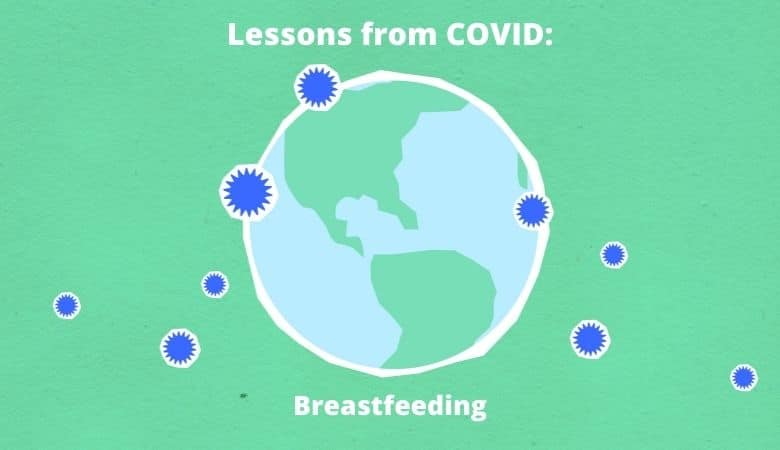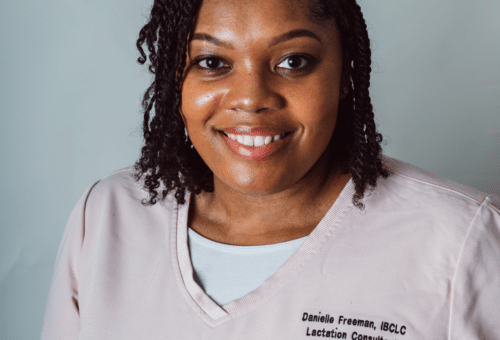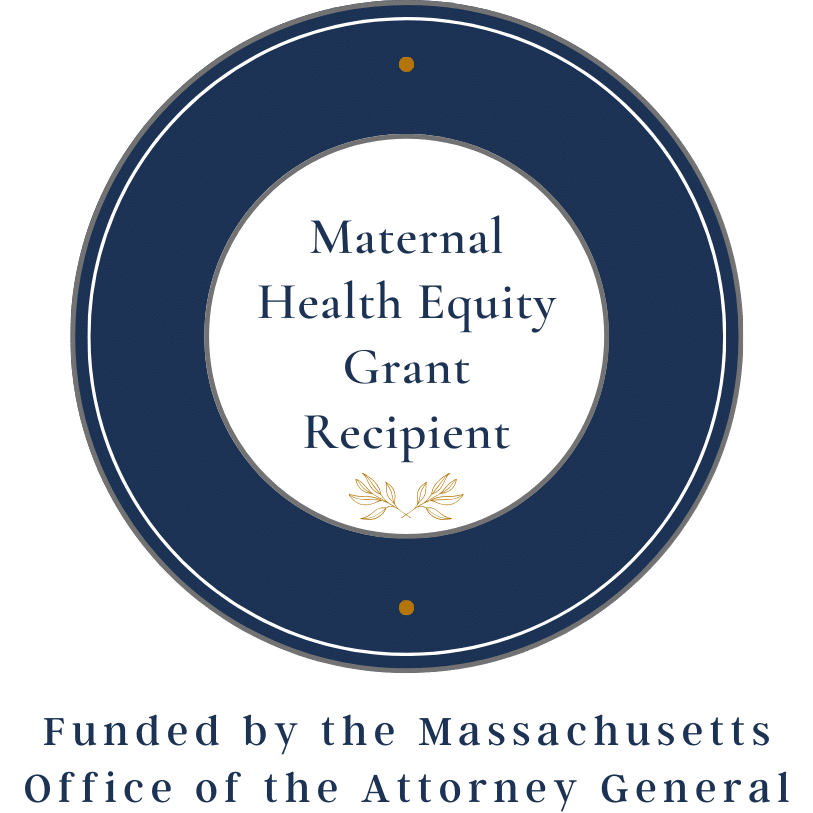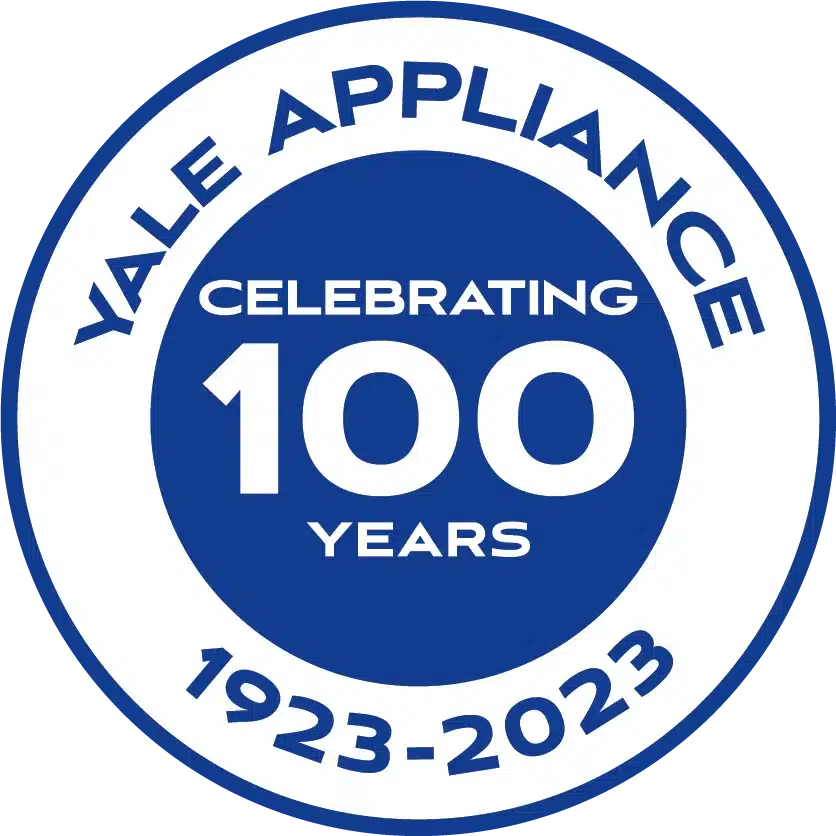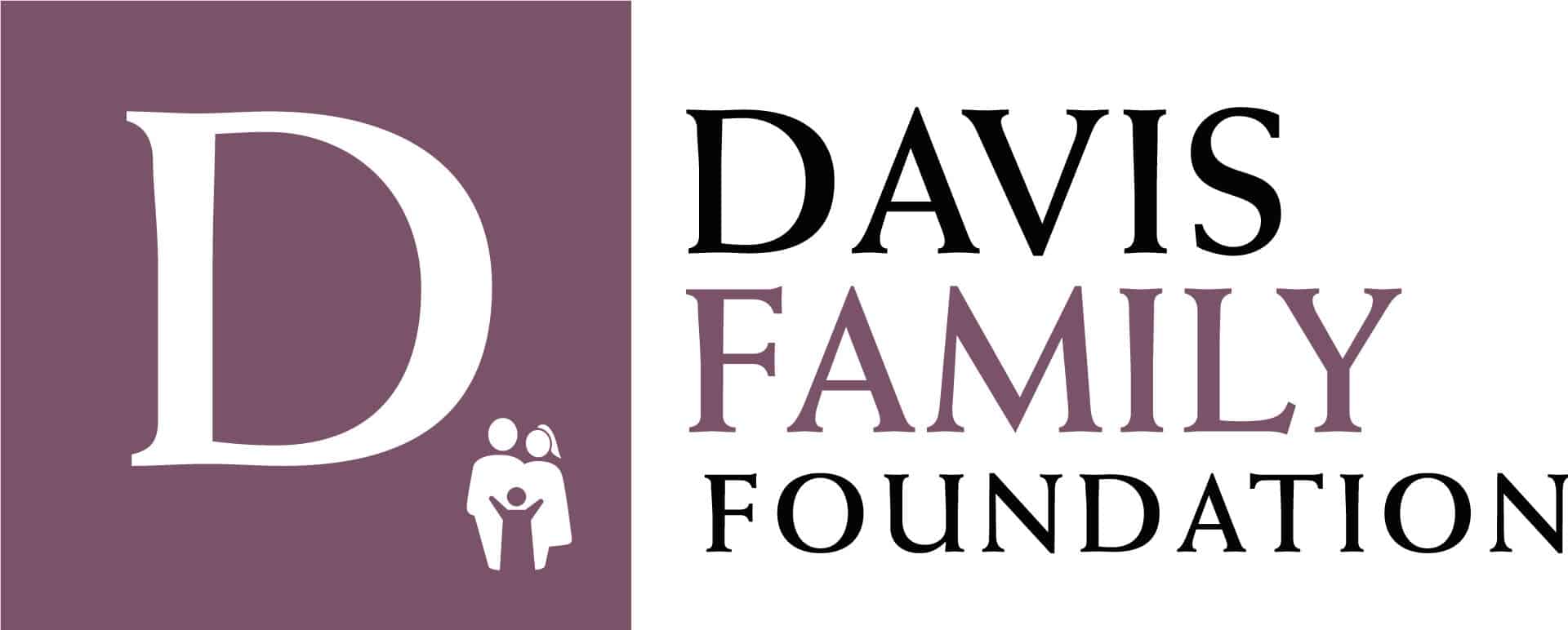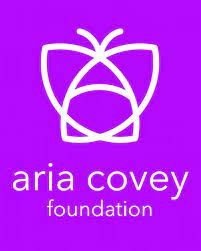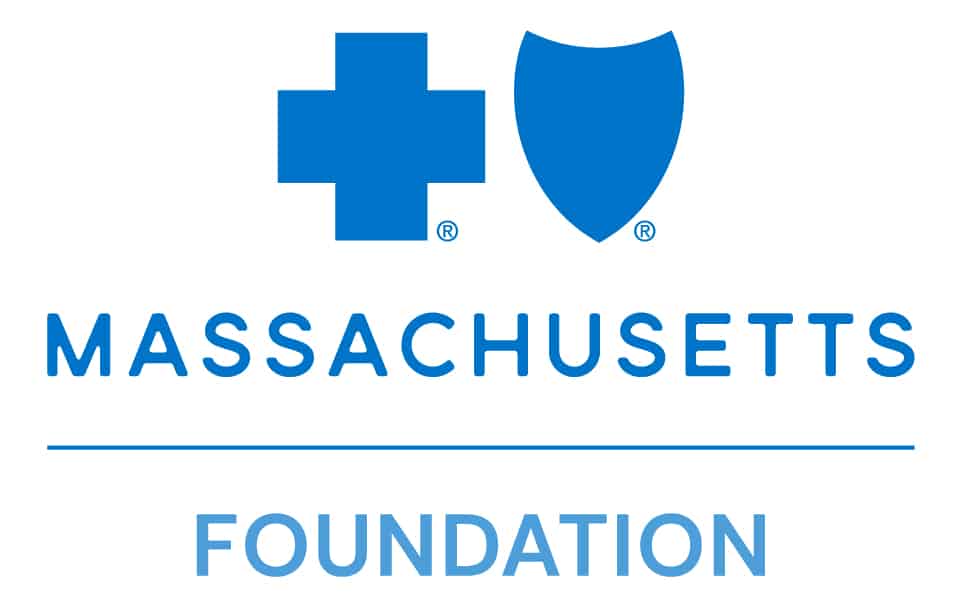Final of four in a series
Anniversaries (of birth, marriage, death, countries’ independence, war, peace) are an opportunity to celebrate, mourn, reflect back, project forward. The US and the world are marking one year of COVID, worthy of a moment’s reflection. Some countries have vanquished COVID, most have not. Our collective response to the pandemic has brought forward vulnerabilities that will outlast the pandemic, unless we use this as opportunity for long-term change. This essay on COVID-19 and breastfeeding is the fourth and final entry in a series of blogs, exploring a few such opportunities in our small corner of a world we all work so hard to improve.
COVID-19 and breastfeeding
The COVID-19 pandemic did not create the many social justice and equity problems we face. These deep gaps in health and health care, education, police, justice and prisons, employment, care of the vulnerable, and our own compassion have been part of the fabric of our society for a long time. The pandemic has magnified them, creating a unique opportunity for us to face them squarely and work toward solutions.
Over the last few weeks, we have explored three of these issues as they present themselves in maternal-child health: causes of prematurity; parents as essential caregivers to their hospitalized babies and children; just and fair clinical trials of medications and vaccines. Unfortunately, COVID-19 is still with us and our national priorities are slow to move in the direction of its elimination. So, COVID continues to be an opportunity to examine, and with thought and intent, improve our society in profound and important ways.
Human milk and breastfeeding are the norm
I would like to end this series with a lesson previously learned, which we brought with us into COVID. Human milk and breastfeeding are the norm, the food and the way babies should eat. Breastfeeding professionals, advocates, and mothers have so many examples of employers, health care providers, and family members defaulting to formula at the first sign of challenge. For decades, formula was the norm, and breastfeeding was tolerated if all went smoothly and it was done in private, for a few months. There is still much work to do in this area, but with COVID, we see clearly that the tide is turning.
- At the beginning of the pandemic, questions were justifiably raised about whether COVID could transmit through breast milk, and the level of risk of mothers transmitting it by the close, intimate act of breastfeeding. Initially, many hospitals kept mothers and babies separated, fearing transmission. However, very quickly CDC and WHO released statements and guidelines that breastfeeding with COVID is possible, recommended, and safe. The message that the benefits of breastfeeding outweigh the risks was communicated loud and clear.
- The medical professional organizations AAP, ABM, ACOG, and AAFP are clear about the safety of breastfeeding with COVID and guide their practitioners in how to communicate with their patients about it.
- Breastfeeding support groups all over the country, such as WIC, Baby Café, La Leche League, and others, moved online, continuing their support and community-building without missing a beat (well, maybe a couple of Zoom, Teams, or Skype crashes . . . )
- State legislative efforts on behalf of breastfeeding and human milk continue throughout the country.
- Early in the pandemic and ongoing, milk banks across the world moved into action, ensuring that their procedures were safe for the milk and their staffs. HMBANA released and continues to update guidelines for its milk banks regarding safety precautions in donor screening, donor qualifications, safe processing, and most recently, information on accepting milk from donors who have been vaccinated.
Decades of research, education, advocacy, and policy efforts have moved the needle. Breastfeeding and human milk are becoming the norm in health care, in the workplace, at home, in our society. It is standing the test of a pandemic. Amid all of the pain and suffering of the last year, this is worth noticing, celebrating, building on, and emulating in maternal-child health and beyond.
Read the first blog of this series, on preterm birth; the second, on parents as essential caregivers; and the third, on pregnancy and drug trials.
